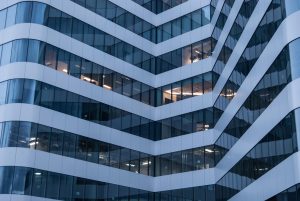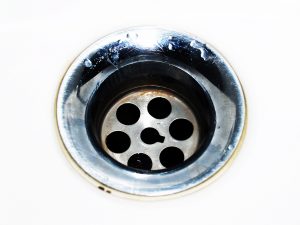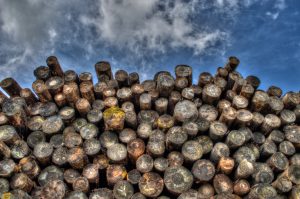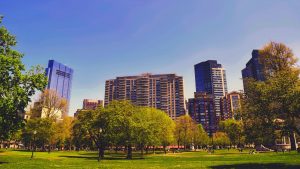Implementing sustainable energy solutions require a huge investment in innovative ideas. The instability of crude oil prices and issues of climate change will remain at the front burner. As the world continues to depend on fossil fuel energy, governments and corporations are managing buildings that rely 100% on renewable. All Apple’s data centres run on 100% renewable energy and some of their manufacturing partners too. Let’s share what’s attracting forward-looking investors to clean energy sources.
Saudi Arabia’s NEOM Industrial City
Saudi Arabia’s government is expanding the NEOM city project with buildings that use renewable energy. Instead of fossil fuels, renewable electrical grids will feed equipment in all the city’s buildings, factories, retail stores, and offices. To construct this NEOM megacity, the government plans to sell 5% of Saudi Aramco, and raise $300 billion. This five hundred billion dollar investment master plan has business potentials in Saudi’s NEOM industrial city. The government’s focus is to promote clean energy, potable water, and biotechnology research.
Currently, this 10,230 square miles city project has buildings that are running on renewable energy for heat and electricity. As innovations transform the economy from oil; the overall quality of life in the NEOM industrial city will improve like Burlington and Vermont. There’ll be a spike in demands for electricity from renewable energy when the Saudi Arabian government commences the second phase of NEOM city project by 2025.
Apple Data Centers Reduce Emissions With 100% Green Buildings
Apple is building a 400,000-square-foot bespoke data centre in Waukee, Iowa. When this project is complete, the centre will enjoy electricity from 100% renewable energy sources. Like Apple’s headquarters in Cupertino, two of its data centres in Denmark use the same model of 100 per cent dependence on renewable energy. Usually, the smartphone giant partners with local renewable energy producers. They provide electricity from alternative sources like wind turbines, solar PV cells, biogas fuel, and micro-hydro generation.

Emerging technologies will be incorporated during construction to sustain these buildings for twenty-four hours. Also, these clean energy data centres have the support of micro-grid with battery storage units. With this eco-friendly building design of 300 rooftop panels, Apple’s office in Japan can generate 18,000 megawatts of solar electricity. This amazing quantum of electricity production can power over 3,000 Japanese homes. We hope that other smartphone manufacturers will copy Apple’s initiatives on clean energy.
Other Benefits of Renewable Energy
Microgrids that are powered by hydro-electric resources can generate billions of kilowatt-hours annually. This is more than sufficient to power up larger buildings such as the Melbourne stadium. Usually, local energy generation companies require end-users to sign power purchase agreements. It’s a surefire way of getting consumers to guarantee the utilization of buildings that will run on 100 per cent renewable energy. Also, the public grid can tap from these micro-hydro generation systems and supply electricity for heating, transportation, and desalination of water.
The transition from fossil fuel energy to renewables is inevitable, but the total switch might take over a century. While it’s achievable to construct mass housing projects with only renewable energy-fueled green buildings, solar and wind farms will sustain this initiative. Governments can cut large-scale carbon footprint with this idea. Ideally, massive investments in buildings that use 100% clean energy can reduce fossil fuel demands.
According to research, green energy is a cheaper alternative for electric cars users and consumers of non-fossil fuel. However, world leaders need strong political will commitment to combat climate change issues. Additionally, it’s important for building regulators, and urban planners to encourage eco-friendly building ideas. Success cases in Australia include some corporate event venues in Melbourne. When millions of buildings run on 100% green power; it will increase the value of local housing markets. Also, green energy will curb greenhouse gas emissions (CO2e).
A Case of Wind Turbines
Wind turbines: yes, but not in buildings
Wind turbines are another fast-growing renewable energy technologies. Despite their massive energy potential, not many wind turbines are found on car parks or on building roofs. And if they’re, they typically are characterized by a small manufacturing capability, generally not exceeding 10kW.
As wind turbines are designed to be efficient in an environment characterized by uniform and relatively constant breeze flow, they frequently are located on open plains, hills, close to the sea, or overseas, usually at a set of wind turbines forming a wind farm.
On the contrary, the wind power conditions in urban environments are highly variable and rather turbulent, which significantly decreases the normal wind turbine’s efficiency. Noise and vibrations are an additional challenge to using wind turbines on buildings. Although efforts continue to create smaller-scale wind technology designed specifically for urban ecological conditions, which could lead to their larger adoption in urban places, building-scale capacities are not likely in the near future.






